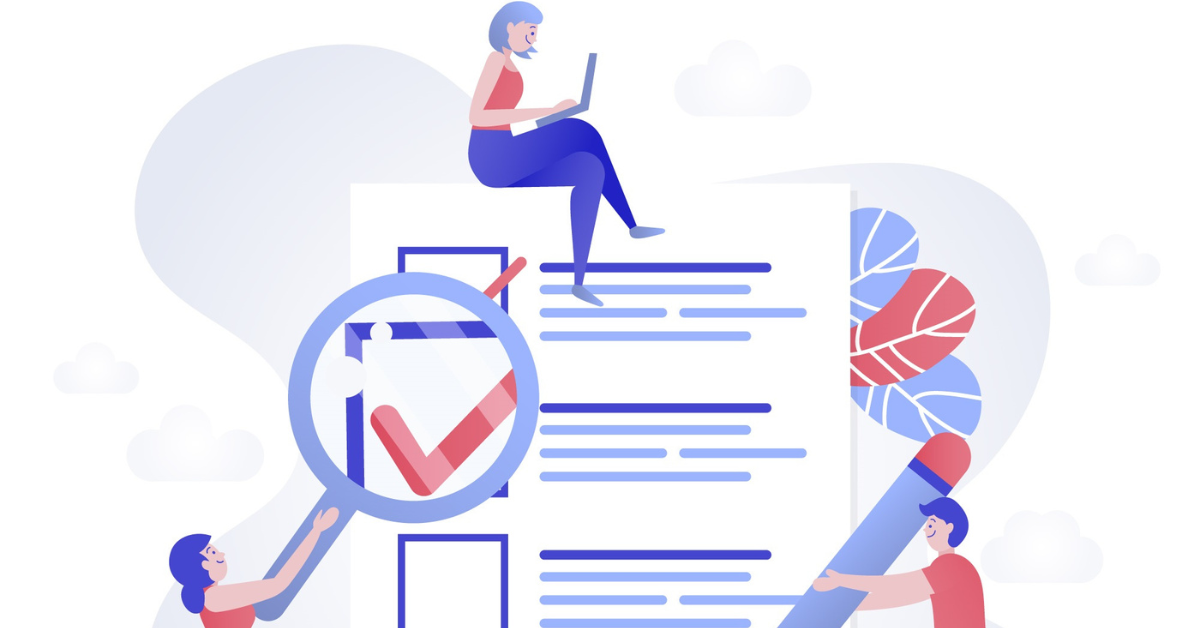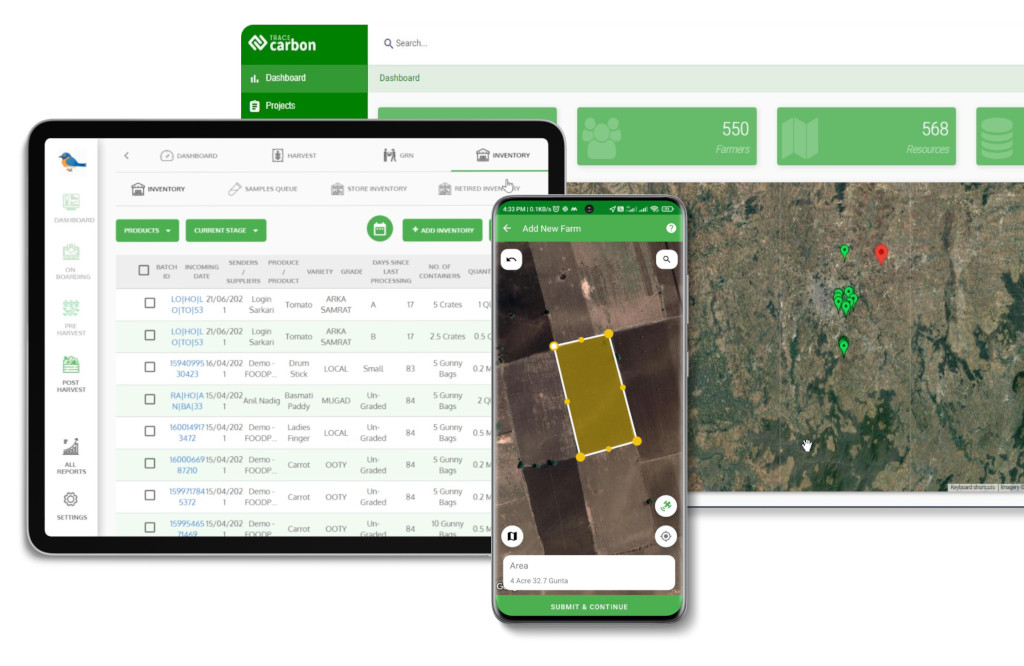Contact: +91 99725 24322 |
Menu
Menu
Quick summary: Explore 5 real-world EUDR due diligence statement examples across cocoa, timber, soy, and more. Learn how to file smarter and stay compliant—with less stress.

Do I need a new DDS for every shipment? If that question has crossed your mind, you’re not alone. As the EU Deforestation Regulation (EUDR) approaches enforcement, exporters, operators, and sourcing teams across the cocoa, coffee, timber, and soy sectors are scrambling to understand one critical requirement: the Due Diligence Statement (DDS). Here are EUDR Due Diligence Statement examples that bring clarity.
Can one DDS cover multiple shipments? Over time? Across different product types? What if I haven’t manufactured the final product yet, but the raw material is ready? These are the exact kinds of questions that frustrate honest operators who want to do the right thing, but can’t find simple, clear answers. That’s why in this guide, we’re going to break it all down with real-world, practical examples.
Let’s demystify the process—and help you file with confidence.
Key Takeaways
If you’re exporting cocoa, coffee, timber, or other EUDR-regulated commodities, you’ve probably asked yourself:
“What exactly goes into a Due Diligence Statement—and what happens if I get it wrong?”
You’re not alone.
A Due Diligence Statement (DDS) is more than just a form. It’s a legal declaration you submit through the EU’s Information System that says:
“I’ve checked where this product came from, and I confirm it’s deforestation-free and legally sourced.”
That’s it—in theory. But in practice, it’s where things get complicated.
It links your product to its origin, proving:
For buyers, customs officials, and regulators, it’s your traceability receipt.
Whether you’re submitting a DDS for one batch or covering multiple shipments, these fields are non-negotiable:
There’s a 12-month maximum.
This means the DDS you submit can’t cover a supply plan that stretches across multiple years—even if it’s the same product. Also:
For exporters and sourcing managers, the goal is simple:
Keep access to the EU, retain buyer trust, and stay ahead of audits.
But the intention behind that goal is deeper. You want to be seen as a reliable, transparent, and responsible partner in a world that’s demanding more proof—not just promises.
In the eyes of the EU and your buyers, your DDS isn’t just compliance—it’s credibility. It shows you know your supply chain, can trace it, and are confident enough to put it in writing.
And when everyone is watching (authorities, retailers, investors), that kind of confidence wins business.
Short answer? Yes.
Long answer? Yes—but only if you’re extremely clear, compliant, and confident in your traceability.
If you’re exporting in phases, working with seasonal harvests, or selling different product types under a single sourcing plan, it makes sense to ask:
“Do I really need a new DDS every time I ship a few pallets or switch SKUs?”
The intent is clear:
These are smart goals. But under EUDR, cutting corners on documentation isn’t an option.
According to the regulation:
A DDS can cover multiple shipments or batches if they are all part of the same traceable quantity, and:
While one DDS may sound efficient, there are risks you need to weigh:
File size & system limitations:
The EU Information System accepts files up to 25 MB.
Adding multiple batches with multiple plots can push the limit fast.
Complexity:
The more batches you pack into one DDS, the harder it is to track which batch went where—especially if audits happen later.
Full responsibility:
If any plot or product in that DDS is non-compliant, your entire shipment chain can be flagged.
No partial penalties. No exceptions.
Here’s when it’s better—and safer—to start fresh:
It’s not just a list of items—it’s your legal commitment to the EU that everything in that document is traceable, verified, and deforestation-free.
If you’re not 100% sure about a batch’s origin, the safest move isn’t to squeeze it into an existing DDS.
It’s to start a new one—and protect your access to the EU.
Because nothing beats learning by example—especially when compliance is on the line.
One of the most common questions we hear is:
“What does a compliant Due Diligence Statement (DDS) actually look like in the real world?”
Most operators don’t struggle with the concept of traceability—they struggle with how to apply it to their specific business model.
This section walks through 5 real-world EUDR DDS filing scenarios to show what’s possible, what’s risky, and what smart compliance actually looks like.
Scenario: A cooperative is shipping 3 containers of cocoa beans to EU buyers over 6 months.
What they do:
Key insight:
Each cocoa batch is tied back to its specific farm plot through digital records.
They file one DDS but track each shipment against that declaration.
This works well when you’re dealing with one commodity, one origin, and a clean batch-to-plot relationship.
Want to see how cocoa exporters in Nigeria are staying ahead of EUDR?
Discover how farm-level mapping helped ensure deforestation-free sourcing—without disrupting procurement.
Scenario: A Vietnam-based manufacturer uses oak from the U.S. and pine from Poland to produce furniture for the EU.
What they do:
Key insight:
Even if the final product is blended, the operator must still prove traceability and legality for each species and country of origin.
Scenario: A Brazilian soy supplier sources from a large farm where soy is rotated across several fields.
What they do:
Key insight:
This is a legitimate use of “declaration in excess”—as long as every declared plot is compliant.
Scenario: An Indian exporter produces sandalwood oil and exports in small batches throughout the year.
What they do:
Key insight:
You can file once, export many times—as long as you don’t exceed the quantity or the timeline in your DDS.
Scenario: Timber is harvested in Cameroon, processed into flooring in Turkey, and exported to the EU.
What they do:
Key insight:
Processing location ≠ origin.
The DDS must always trace back to where the tree was cut, not just where the product was shaped.

Filing a Due Diligence Statement under the EUDR isn’t just about ticking boxes. It’s about digitally proving traceability, legality, and deforestation-free origin—down to the plot of land.
Whether you’re shipping cocoa, timber, soy, or essential oils, the TraceX EUDR compliance platform is designed to:
The EUDR Due Diligence Statement isn’t just a document—it’s your ticket to market access, buyer trust, and long-term sustainability. By learning from real-world scenarios like cocoa shipments, timber processing, and essential oil exports, you can stop seeing compliance as a burden—and start using it as a strategic advantage.
If you’re still relying on spreadsheets or manual processes, now is the time to modernize. Platforms like TraceX can simplify your DDS workflow, reduce risk, and give you peace of mind—batch by batch, plot by plot.
Yes, as long as all the products and shipments are part of the same declared quantity and traceability data.
Your DDS isn’t buyer-specific—it’s product-specific, meaning it covers the volume, origin, and compliance of the commodity.
Just make sure each batch you send is traceable to the same geolocated plots and due diligence process outlined in the DDS.
Yes—but only within limits.
You can cover multiple shipments in one DDS if:
Once the declared volume is exhausted or the timeline ends, you must submit a new DDS.
The entire DDS becomes non-compliant.
EUDR follows an “all or nothing” principle: if one plot in your declaration is found to be illegal or linked to deforestation, all products under that DDS are at risk—even if other farms were compliant.
